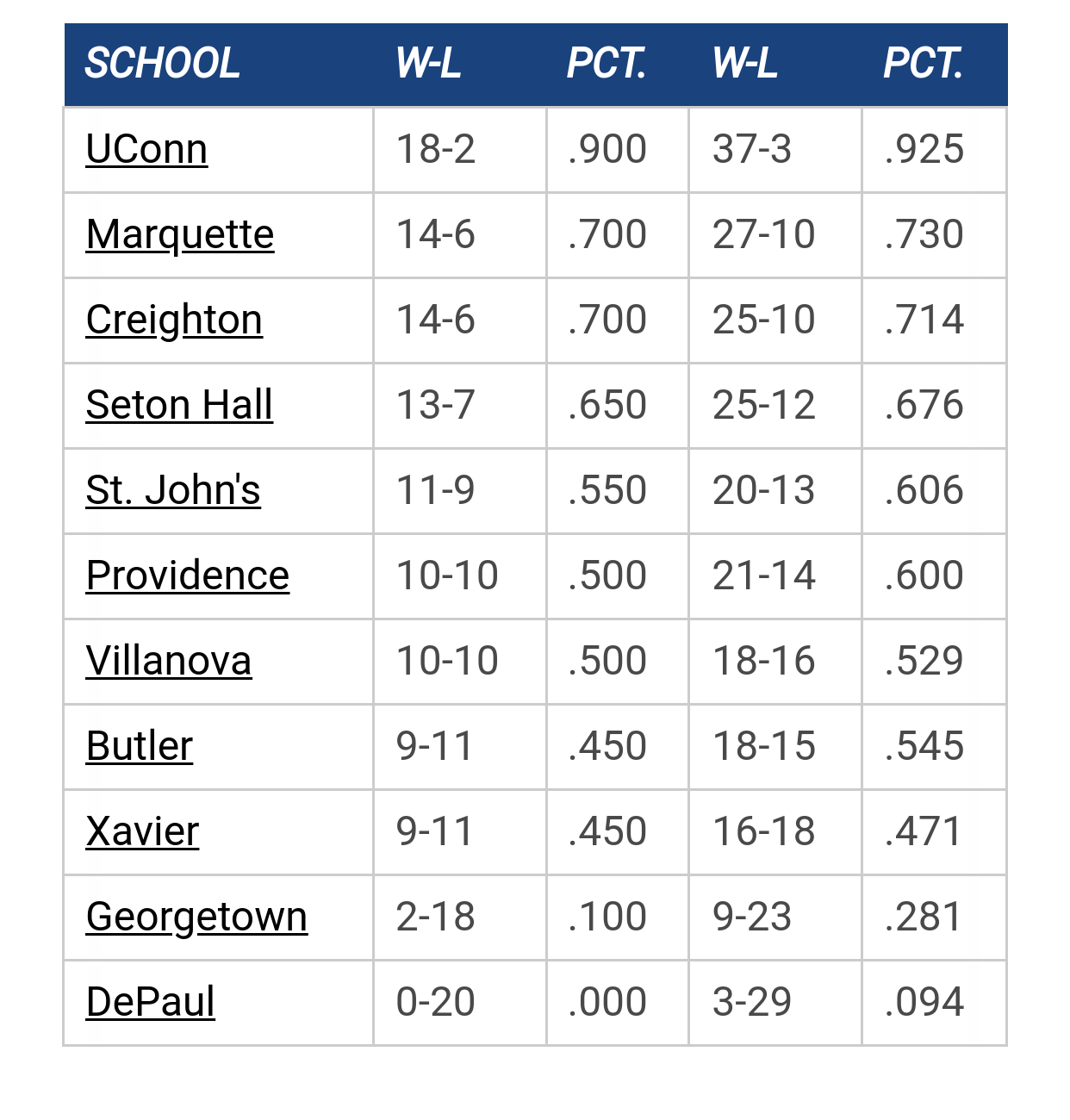- Welcome to MUScoop.
How many guys stay? by Biggie Clausen
[Today at 06:24:58 AM]
Ross Not Start? by Warrior of Law
[Today at 06:23:29 AM]
A question for the Scoop elders by willie warrior
[Today at 05:54:48 AM]
Who are we holding out most hope for yet? by WarriorFan
[Today at 04:55:14 AM]
2026 Transfer Portal Wishlist by WarriorFan
[Today at 04:51:31 AM]
MU/Creighton Game Thread by MuggsyB
[Today at 01:26:25 AM]
Zaide Didn’t Travel With Team by The_Blaze
[Today at 01:05:46 AM]
[Today at 06:24:58 AM]
Ross Not Start? by Warrior of Law
[Today at 06:23:29 AM]
A question for the Scoop elders by willie warrior
[Today at 05:54:48 AM]
Who are we holding out most hope for yet? by WarriorFan
[Today at 04:55:14 AM]
2026 Transfer Portal Wishlist by WarriorFan
[Today at 04:51:31 AM]
MU/Creighton Game Thread by MuggsyB
[Today at 01:26:25 AM]
Zaide Didn’t Travel With Team by The_Blaze
[Today at 01:05:46 AM]
The absolute only thing required for this FREE registration is a valid e-mail address. We keep all your information confidential and will NEVER give or sell it to anyone else.
Login to get rid of this box (and ads) , or signup NOW!
Seton Hall Date/Time: Dec 30, 2025, 6:00pm TV: FS1 Schedule for 2025-26 |
||||||
User actions


